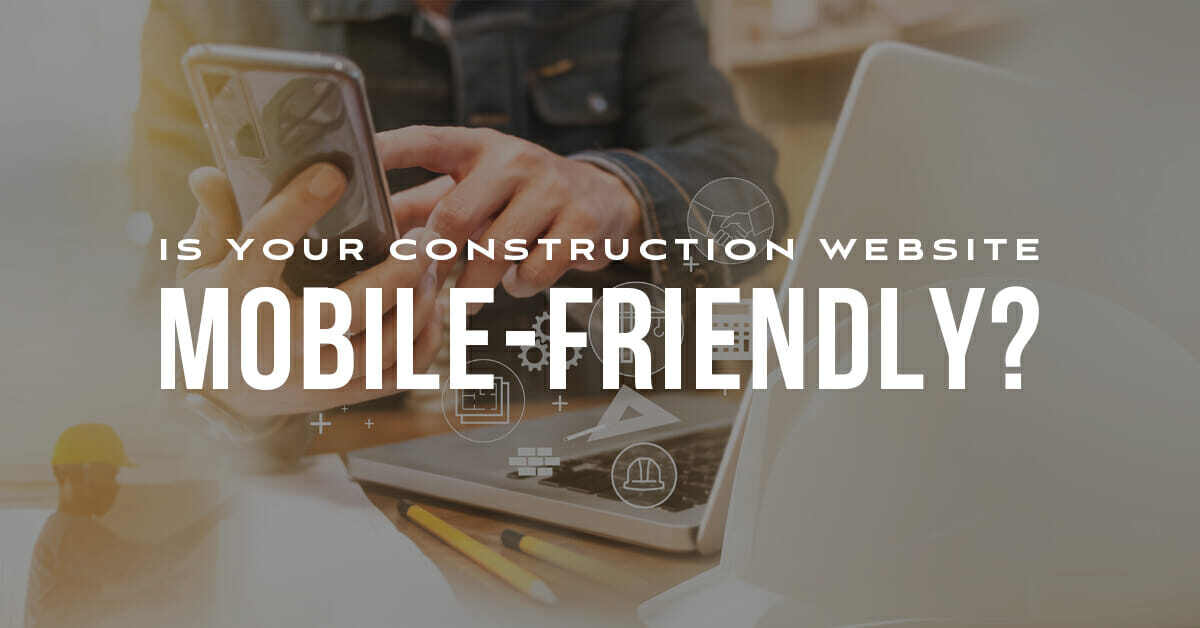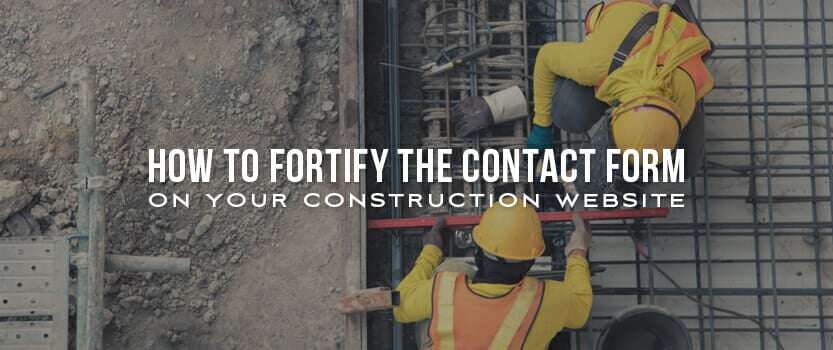2 min read
The Blueprints to Building a Construction Website
In today’s technological world, your construction company needs a sharp website. It’s where potential clients will first interact with your...
Improve customer satisfaction and increase operational efficiency with a client portal.
Take control of your operations with customized software solutions.
Help your in-house dev team get more done, faster with our Midwest-based experts.
Getting leads is an essential role of your construction website. Specifically, your contact form is where potential clients reach out with inquiries or issues.
However, not all contact forms are created equal. As you build your construction website – or construction app – you’ll want to pay careful attention to how your contact form is designed.
Let’s go through some pointers to fortify the contact form on your construction website, so that you get more new clients and provide better customer service all-around.
Construction websites are already infamous for being cold and corporate. All your website text should showcase the real humans behind your construction company. In particular, your contact form should read personally. Add a note to the top of the form with your commitment to respond, as well as resources to other areas of your website. The personal yet professional tone here is important to get right.
Do you really need all that info? Avoid asking for personal information like a user’s phone, address and age – especially since you don’t need it to do outreach. An email is usually enough to make initial contact with a potential client.
As a construction company, you might also ask for a business phone number. If you’re unsure, you might even consider asking communication preferences (phone, email, WhatsApp, etc.) on the form. Just make sure you’re not asking too much, as 3-6 fields is standard. Less truly is more when it comes to forms.
Over 50% of mobile traffic is now mobile. You’ll want to make sure your contact form looks great on mobile, so that potential clients aren’t turned off by any mobile blunders. Construction companies are often seen as traditional and not too tech-savvy, so having a mobile-responsive site can make you stand out and get those users to complete the contact form.
Like all interactions with your brand, your contact form should be a place to create trust. This can be done in several key ways, such as:
There’s no point in having a contact form if you don’t have a structured follow-up funnel. Each form should have a response structure. For example, the forms can be sent automatically to a sales email. Most times, this is the best area to handle responses, as they know how to answer questions about products/services and build a relationship with a potential client.
Or, if the client inquiry doesn’t have to do with sales, these messages can be forwarded to the correct individual, or elevated to a manager. Whatever the case may be, it’s essential to define the funnel well, so that your construction company can convert these contacts into leads without any obstacles.
The contact form seems like such a small detail when building a construction website, but it could make an impact on who ends up contacting you. Use these tips to make your contact form stronger, so that more users fill them out and become potential clients.
Not sure how to build a better contact form? Reach out to the Onsharp team ASAP.

2 min read
In today’s technological world, your construction company needs a sharp website. It’s where potential clients will first interact with your...

2 min read
Is your website mobile friendly? Your construction website is like a house: it should be well-built, functional, and visually appealing. ...

4 min read
The Warning Signs of an Outdated Website How can you tell when your company website isn’t cutting it anymore? It might not be as obvious...
